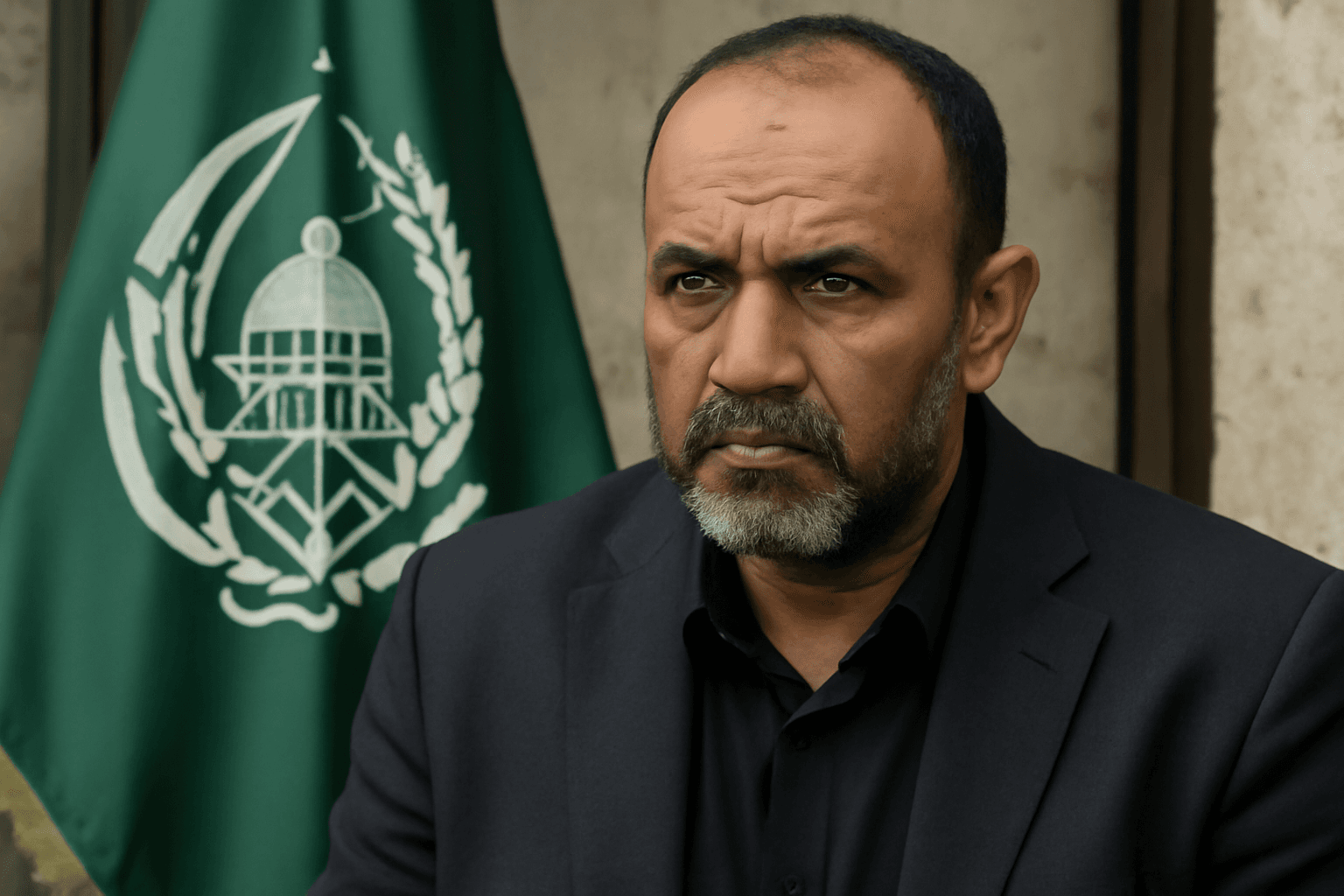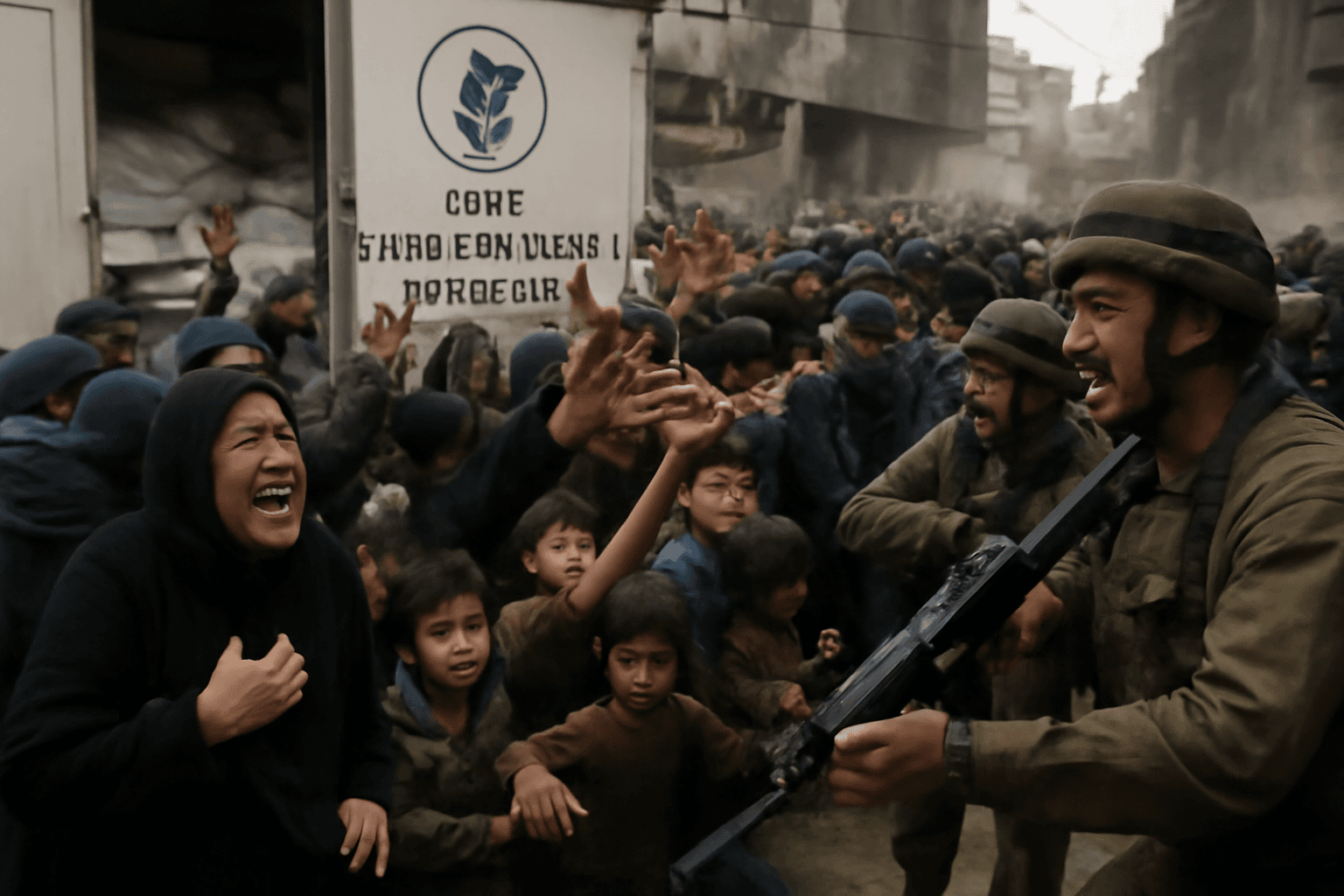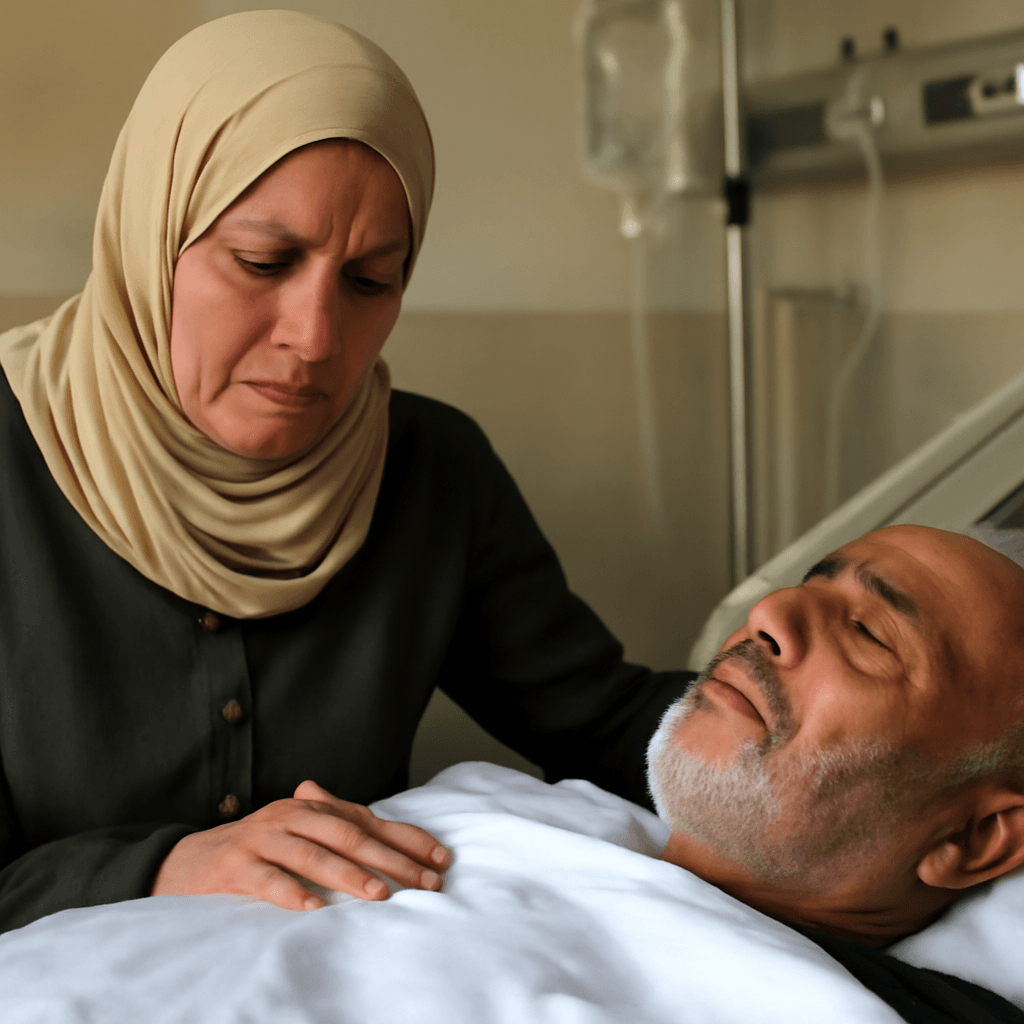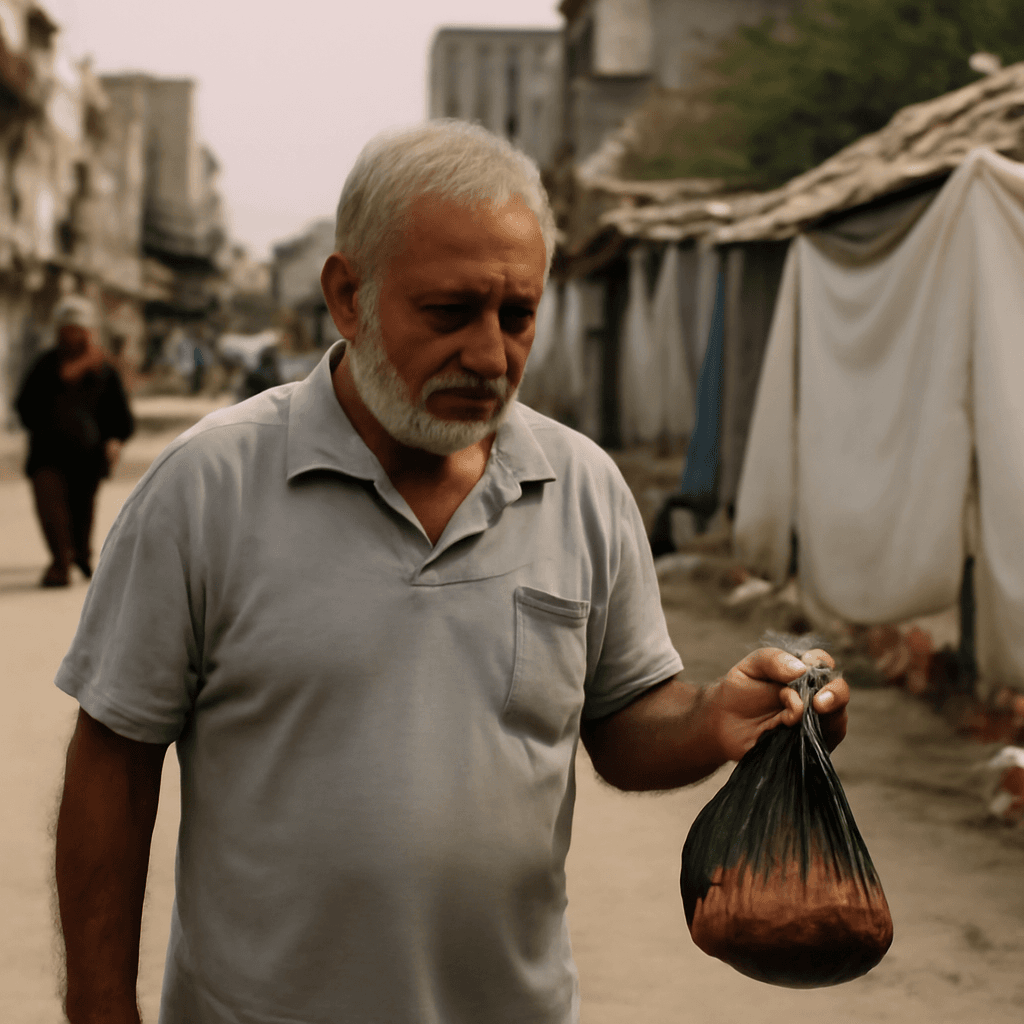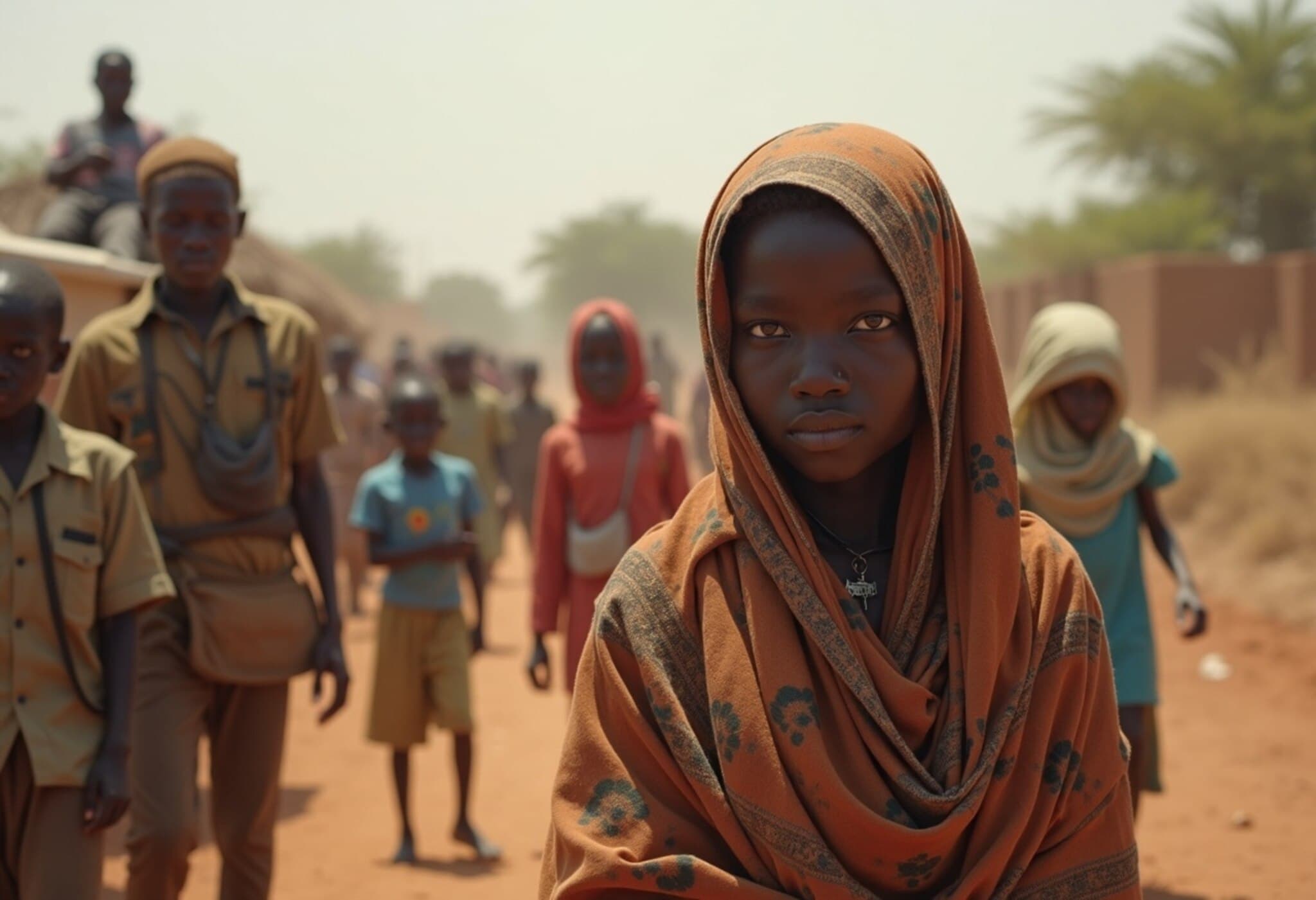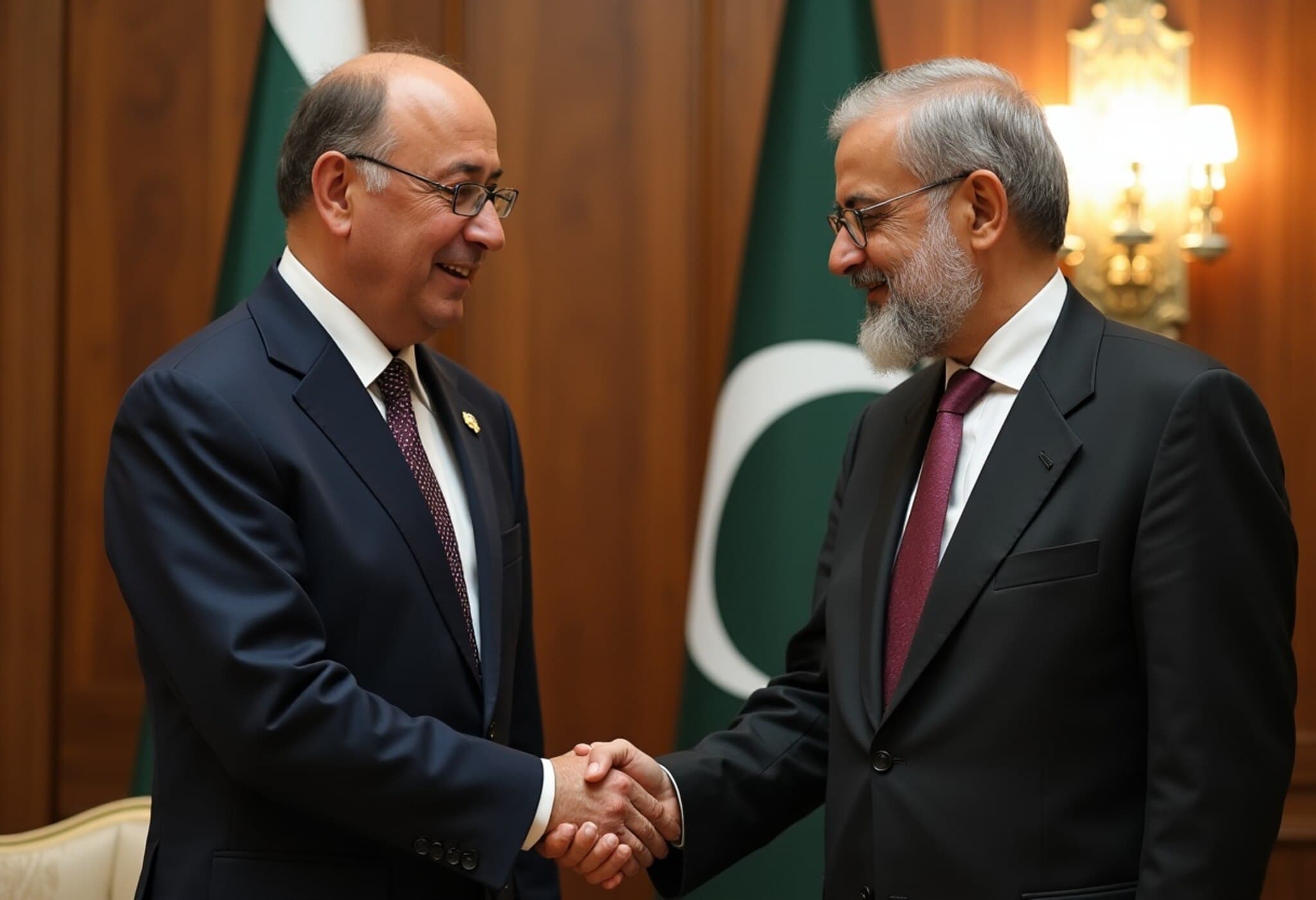Rising Starvation Crisis in Gaza Marks 175 Deaths Amid War
In the midst of ongoing conflict and blockade, Gaza's health ministry has reported six additional deaths from starvation and malnutrition in the past 24 hours, bringing the grim death toll to 175 since hostilities escalated last year. This figure starkly highlights the severe humanitarian crisis unfolding in the densely populated Palestinian enclave.
Fuel Supplies: A Lifeline Under Strain
Egyptian state media, Al Qahera News TV, announced that two trucks carrying 107 tons of diesel fuel were scheduled to enter Gaza on Sunday, a rare and critical delivery months after Israel initially tightened restrictions on aid and goods flow. Fuel scarcity has crippled essential services, with hospitals forced to triage care to the most critical cases amid power outages and equipment failures.
Israel’s Aid Policy: Balancing Security and Humanitarian Access
Since March, Israel has restricted aid access as part of its strategy to pressure Hamas following the October 2023 attacks that left over 1,200 Israelis dead and 251 hostages taken. However, international outcry and mounting fears of famine have pushed Israeli authorities to ease constraints somewhat. Recent steps include pausing military operations temporarily, approving air drops, and establishing protected corridors for aid convoys.
Despite these efforts, United Nations agencies emphasize that air drops alone fall short of meeting the massive food needs on the ground. They call for larger, sustained deliveries by land to prevent a worsening famine.
Discrepancies in Aid Reporting and Ground Realities
The Israeli military’s Coordination of Government Activities in the Territories (COGAT) reports that 35 aid trucks have entered Gaza since June, nearly all in July—a modest figure given the scale of humanitarian need. On the other hand, the Hamas-run Gaza government media office claims nearly 1,600 aid trucks arrived following the easing of restrictions in late July. Independent witnesses and local sources reveal a complex, chaotic picture: Some aid shipments have been commandeered or looted by displaced families and armed groups desperate for resources.
Continued Conflict and Civilian Toll
Tragically, the humanitarian crisis is compounded daily by active hostilities. Palestinian health authorities confirmed that at least 40 people were killed across Gaza on Sunday alone, including civilians seeking aid distribution points and a staff member of the Palestinian Red Crescent Society, following an Israeli strike that ignited a blaze at the organization's headquarters in Khan Younis.
The broader conflict stems from the October 7, 2023 Hamas attacks on Israeli towns, which triggered Israel's large-scale military response. Since then, Gaza health officials report over 60,000 Palestinian deaths. The hostage situation remains precarious: Israeli sources estimate that 50 hostages remain in Gaza, with fears that only 20 are still alive.
Expert Insight: The Humanitarian Crossroads
This unfolding tragedy serves as a stark reminder of the complex interplay between security imperatives and humanitarian obligations. Experts stress that without addressing fuel shortages and opening meaningful aid channels, Gaza faces a deepening famine that could result in widespread suffering beyond immediate conflict casualties.
Moreover, the fractured control over aid distribution spotlights the challenges of delivering relief in war zones where governance and security are compromised. International humanitarian organizations face the daunting task of negotiating access while ensuring aid reaches those most in need, rather than exacerbating local tensions.
Looking Ahead: The Need for Sustained, Multilateral Action
As the Gaza conflict drags on, the urgency for sustained, coordinated international intervention grows. Policy analysts urge the global community to press for:
- Consistent, secured supply routes for food, fuel, and medical aid;
- Robust monitoring mechanisms to prevent looting and ensure aid equity;
- Engagement with all stakeholders, including local authorities and civil society, to facilitate transparent distribution;
- Renewed diplomatic efforts aimed at de-escalation and addressing root causes to end the humanitarian crisis.
Without these measures, health and humanitarian infrastructures in Gaza will continue to erode, deepening human suffering and instability in the region.
Editor’s Note
The tragic rise in starvation-related deaths reveals a critical humanitarian fault line aggravated by war, blockades, and contested access to aid resources. While incremental easing of restrictions is a positive step, it remains insufficient. The international community must confront difficult questions: How to balance security concerns with urgent humanitarian imperatives? Can global diplomacy break this cycle to alleviate human suffering? This crisis calls for renewed attention and decisive action before more lives are lost to famine and despair.











